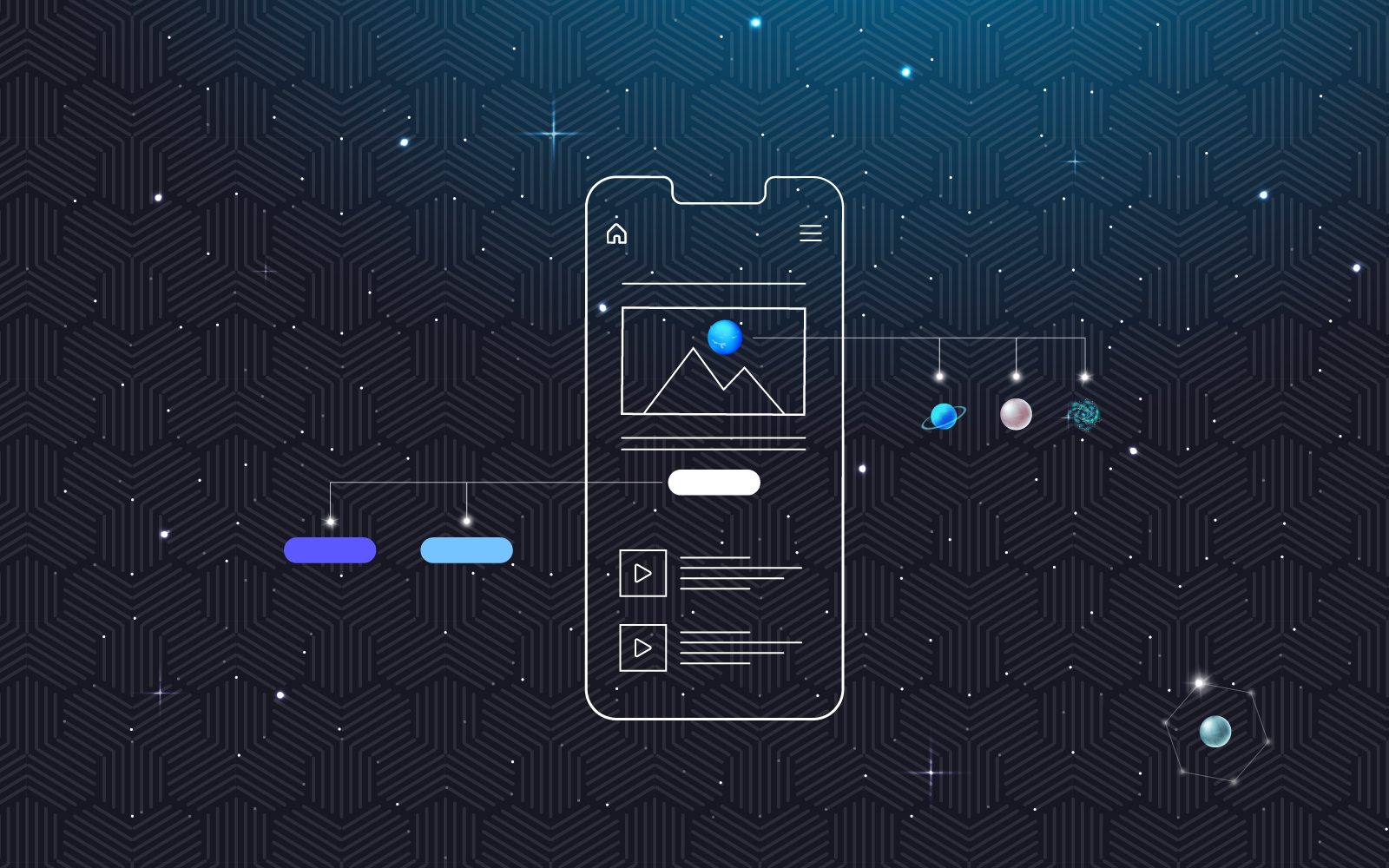When the time comes for a new logo there are a series of steps we take to ensure we created the logo you love, quickly.
Let’s take a quick look at the specific steps we take with our clients, going from ‘logo request’ to ‘logo completion’.
Step 1. We ask A LOT of questions
Since we don’t know what the client wants, we need to ask a lot of questions.
More often than not, the client doesn’t know exactly what they want, but by asking the right questions, we can uncover hints and clues about fonts, line weights, iconography, etc… Even by learning things they dislike about these things, we can quickly discard ideas and concepts before we ever spend time on them.
To get this source of info, we’ll often send the client a Design Questionnaire. This is a document we’ve developed over the years to help streamline the design process. On it, are questions like…
- Who is your competition?
- What logos do you like?
- What logos do you dislike?
- etc…
These questions are typically answered via email, phone, or some kind of conference call (or in-person). The latter allows us to dive deeper into the customers wants and follow up with other questions to really focus their likes and dislikes.
Step 2. The designers get to work
Armed with a roadmap of requests and pitfalls, the designers dive in and start the design process.
Some designers like to sketch out ideas with pen and paper, some with a stylus on a tablet, and some jump straight on to the computer. Regardless of their design methods, the design process has begun and the designers take their first shot at using the clients’ info to create a round of designs.
If the client is unsure of colors, sometimes we’ll create this first round in a very neutral, safe color (gray or black). Not all clients have colors or brand guides yet, particularly if they’re a new company. In some cases, the logos, of this first round, will all be created in the same single color to help clients focus on the design as opposed to a color they may dislike. We’ve seen great designs shot down because the client didn’t like the color. When needed, we’ll take this ‘single color’ approach to take remove a potential roadblock.
Once the designers are happy with their designs, we select the strongest work from each designer and compile them into a simple presentation.
Step 3. Back to the client
Once the client receives the logo concepts, we often encourage them to sit with them for a while and take their time to explore and evaluate all options.
Once the client has thoroughly looked them over, one of two things typically happen:
- They pick a logo presented (as is). Sometimes they like it 100% as shown and if that’s the case, we move to the last step below. Sometimes it just requires minute edits to be considered approved.
- They like the logos shown but may want edits or see more variations. This happens as well. The client is encouraged by what they’re seeing but they’d like to see more of something.
Step 4. (If necessary) Designers rework the logos
The designers take the feedback from the client’s first review and incorporate these suggestions, edits, and requests into their previous designs. They discard unmentioned logo designs and focuses entirely on the logos the clients wanted worked on. This allows the designers to fine-tune the logos, hopefully, getting another step closer to the logo the client is completely happy with.
Once these designs are complete and complied they’re sent back to the Client for review.
Step 5. (if necessary) Clients review improved logos
The clients, again, review the logos and with any luck, they’ll find the logo they love and this will almost be the end of the process. If not, we repeat steps 4 & 5 until we get something everyone can be happy with.
Final Step. Logo variations and Logo Usage Documents
Once the client loves a logo we’ll typically (at the very least) create 3 versions of this logo:
- Full Color
- Black on White Background (or transparent)
- White on Black Background (or transparent)
We create these variations so the client can ensure their logo will look great on everything from the website to whitepapers and any collateral that may be necessary down the line.
We take these versions and save them out in many formats (RGB, CMYK, Black and white, Spot Colors…etc), and file formats (JPG, EPS, PNG, AI, PDF…etc) to ensure the client can always find a usable version of their logo.
We will often also include a Logo Usage Guide. This is a document that includes a detailed explanation of where and how this logo should be used, including a breakdown of acceptable colors and any other vital information to guarantee the logo is being used in a consistent way for optimal brand performance.



